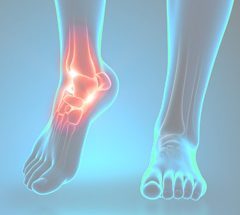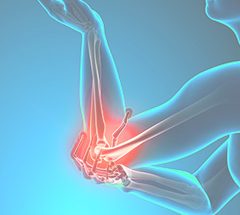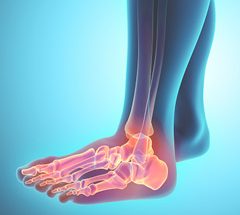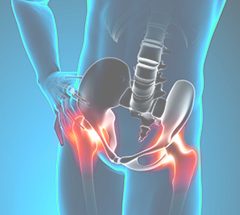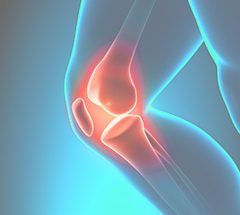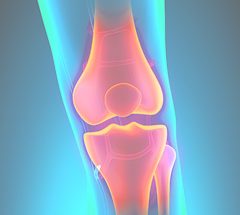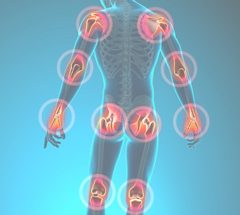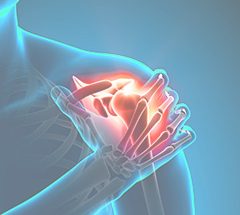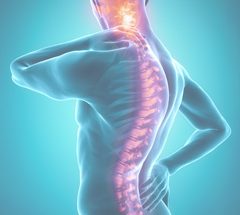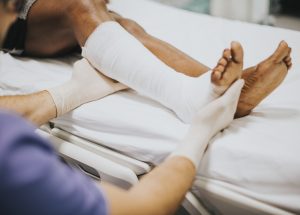Osteochondral Defects of the Talus
Ankle injuries are one of the most common musculoskeletal conditions. Most ankle sprains occur when the foot is pointed downwards, and the ankle “rolls over” the foot, causing the talus (ankle bone) to push into the tibia. A crack in the cartilage on the surface of the bone can occur. This is called an osteochondritis dissecans (OCD).
Although this can occur in other joints, when it occurs on the ankle bone, it is called an osteochondral lesion of the talus (OLT). Months or even years later joint fluid can enter the crack and expand creating a painful hole in the bone. This can cause chronic pain, swelling, and a sense of giving way.
Treating the condition
Patients with minimal symptoms can treat the pain by modifying their activity and taking anti-inflammatory medicine.
For those who have more severe symptoms, surgery is an option. One kind of surgical treatment is microfracture surgery, where the surgeon creates small holes in the cartilage defect to help stimulate cartilage growth. This is done using arthroscopic techniques.
If the defect is too large, then an osteochondral graft (OATS-osteoarticular transfer system) is necessary. The surgeon uses either a core of bone and cartilage harvested arthroscopically from the patient’s own knee, or from a cadaver knee. This is highly technical surgery, and an orthopedic specialist is required for the best outcomes.
What to do if you’re experiencing pain
An orthopedic specialist should be seen if your ankle continues to cause pain three months after a sprain. These common injuries can cause many complications that require specialized diagnosis and treatment.
An MRI or CT scan may be necessary to make the diagnosis of a cartilage defect because plain X-rays usually miss the injury. If an MRI or CT show a large bone cyst or cartilage defect, then treatment is usually necessary.





